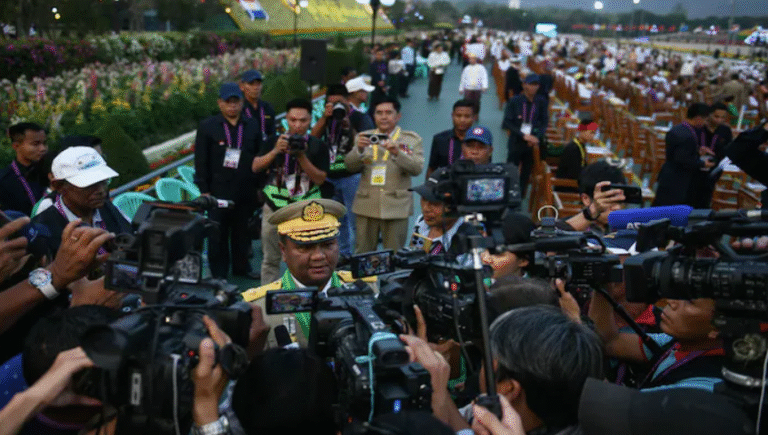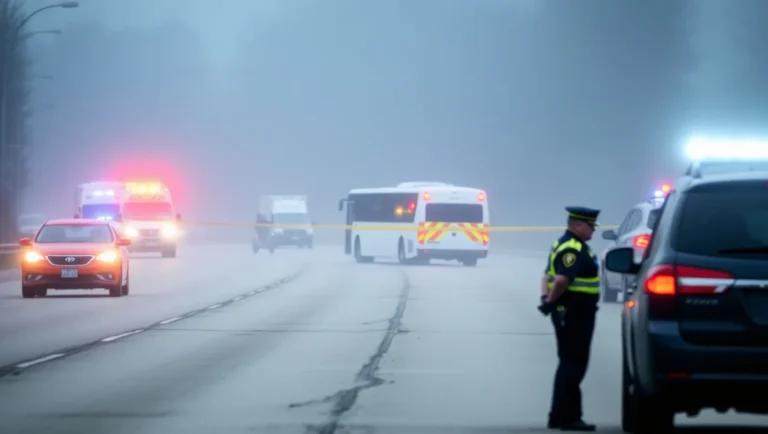
Border tensions force mass evacuations in Southeast Asia.
Tensions along the Southeast Asian border have surged dramatically in recent days, leading to widespread displacement and growing concern among international observers. The situation, which has evolved into one of the most intense confrontations in over a decade, has already affected over 130,000 civilians and claimed multiple lives.
Escalating Conflict on the Border
For the second consecutive day, heavy artillery fire and military movements have been reported across the shared border of two Southeast Asian nations. What began as a localized conflict has now expanded across multiple points, with both sides trading blame and rhetoric intensifying.
As per officials on both sides, shelling was reported in more than a dozen locations, including areas housing civilian infrastructure such as schools and hospitals. Visuals from the region showed convoys of military trucks and tanks maneuvering through agricultural zones, indicating the seriousness of the mobilization.
A Call for Ceasefire – and a Disagreement
Efforts to calm the situation have seen limited progress. A ceasefire proposal, introduced by a regional leader from a neighboring country, was reportedly agreed upon by one side. However, within an hour, the other party seemed to have reconsidered, stating that any truce must be based on “ground conditions.”
This development has led to frustration from international mediators and further skepticism over long-term peace in the region.
Rising Civilian Toll and Infrastructure Damage
Civilian suffering remains at the heart of the conflict. Local shelters are now home to tens of thousands, many of whom fled their homes with little more than the clothes on their backs. Volunteers have stepped in to provide food, water, and basic supplies, but the trauma runs deep.
“I heard loud blasts and ran. It was terrifying,” shared a 67-year-old evacuee. “We didn’t expect it to become this bad. We just want peace and safety.”
Cultural heritage has also taken a hit. Reports have emerged of damage to a historic temple dating back to the 11th century. While one side claims the site was hit by cross-border fire, the other side denies targeting such locations and calls it misinformation.
International Reactions and Legal Concerns
Global reactions are slowly beginning to build. Offers of mediation have reportedly come in from multiple countries, but the preference, so far, appears to be resolving the matter through direct dialogue.
A particularly controversial issue is the reported use of cluster munitions. While one side has alleged their use, the other side maintains that all weaponry deployed has been strictly aimed at legitimate military targets. It has also emphasized adherence to international principles of warfare, although it is not a signatory to certain disarmament conventions.
Outlook and Concerns
With rising casualties, displaced populations, and ongoing hostilities, there is concern that the situation could evolve into a more prolonged and damaging conflict. Observers note that both diplomacy and restraint are urgently needed to prevent further deterioration.
For now, all eyes remain on the border as efforts for peace continue amid rising tensions.


